This article was medically reviewed by Luba Lee, FNP-BC, MS. Luba Lee, FNP-BC is a Board-Certified Family Nurse Practitioner (FNP) and educator in Tennessee with over a decade of clinical experience. Luba has certifications in Pediatric Advanced Life Support (PALS), Emergency Medicine, Advanced Cardiac Life Support (ACLS), Team Building, and Critical Care Nursing. She received her Master of Science in Nursing (MSN) from the University of Tennessee in 2006.
There are 14 references cited in this article, which can be found at the bottom of the page.
This article has been viewed 69,150 times.
Blisters in the mouth can be very painful and annoying, so you probably want to get rid of yours quickly. They occur for a variety of reasons, including a burn, an irritation, or a virus. To get rid of a blister in your mouth, you need to identify what type of blister it is. Once you do that, you can treat it properly with a combination of home remedies and medication. With proper treatment, you can reduce the length of time your blister lasts, although any blister will take at least a few days to heal.
Steps
Getting Rid of Cold Sores
-
1Look at the color and location of the blister to determine if it's a cold sore. Cold sores, also called fever blisters, are caused by the herpes virus and are very contagious. They develop most often on the lips, starting as a red patch and becoming a fluid-filled blister that may be light-colored at the center. They often feel painful, though your pain will fade over the 4-5 days after the onset of the cold sore.[1]
- After a few days, a cold sore will drain or burst, leaving a red patch on the skin.[2]
- Cold sores can have 1 or several fluid-filled bumps that are red around the base and ooze pus when they break. As the blisters burst and dry, they'll likely look crusty.
- Along with a cold sore, you may experience a fever, body aches, fatigue, and enlarged lymph nodes.
Tip: The areas where cold sores appear often tingle or burn before the sores appear. If you have had these feelings before the blister appeared, it is likely that you have a cold sore.
-
2Apply ice to relieve pain and swelling 4-8 times a day. Wrap the ice in a clean rag or towel to protect your skin. Hold the ice on the cold sore for 5-10 minutes at a time. Repeat every few hours as needed.[3]
- Wash the rag or towel immediately after you use it or use a disposable towel. The herpes virus that causes cold sores is very contagious.
Advertisement -
3Use an over-the-counter antiviral cream for fast relief. There are a variety of topical treatments that will help your cold sore blisters to heal faster. These medications are available at all pharmacies. Follow the directions on the packaging, which usually instructs you to apply the cream 4 to 5 times a day for 4 to 5 days.[4]
- For example, you can use OTC Abreva to speed up the healing of your cold sore. After cleaning the affected area, simply dab the ointment onto the cold sore every 3-4 hours (up to 5 times per day) for up to 10 days. Similarly, Blistex and Herpecin can reduce your pain and prevent drying.
- If you experience a lot of discomfort, take acetaminophen to help with the pain.
- Apply a lip protectant before you go outside.
- It's important to start applying them as soon as possible once you see a blister or feel one coming on.
-
4Cover a visible blister with a cold-sore patch to hide it. If the cold sore is in an area of your mouth that is visible, such as your lip, it's a good idea to cover it with a hydrocolloid patch. These patches protect the blister, hide it from view, and help prevent you from spreading the infection.[5]
- These patches are available over-the-counter at any pharmacy.
-
5Consult with your doctor if you get cold sores frequently. If you have cold sores often, it's a good idea to talk to your doctor about them. They can make treatment suggestions, including prescribing you medications. For instance, prescription-strength Acyclovir cream can be used to shorten how long your cold sores last.[6]
- It's important to use your medication as soon as you feel tingling that might indicate an outbreak. See your doctor prior to your next outbreak to get a prescription for the medication you need.
- Your doctor might prescribe an oral antiviral medicine, such as Acyclovir or Valacyclovir. The brand names of Acyclovir include Zovirax and Sitavig.
-
6Avoid kissing or sharing food, utensils or care products during an outbreak. The herpes virus is very contagious, so don't expose anyone else to your cold sores. Don't kiss anyone or have intimate contact with them. Similarly, don't share cups, utensils, food, towels, or razors, which can expose others to the virus.[7]
- If you're worried about an item being contaminated, don't share it.
Getting Rid of Canker Sores
-
1Look at the color and pattern of the blister to determine if it is a canker sore. Canker sores, also called aphthous ulcers or aphthous stomatitis, are not contagious and look different from cold sores. They are usually about 5-8 mm across, painful, and also pale or yellow with a red outer ring. These sores are usually inside your mouth. You may notice 1 blister or several in a cluster. If your blister looks like this, it is probably a canker sore.[8]
- In most cases, canker sores don't have any other accompanying symptoms. They often heal in about 10 days.
- While cold sores usually develop on the lips, canker sores develop on the inside of the mouth.
- Blisters caused by burns can look similar, but with burns, you can typically identify an incident that caused the blister.
-
2Gargle with salt water to dry out the blister. Mix 1 teaspoon of salt with ½ cup of warm water. Take a sip of the mixture, keeping it in your mouth. Swirl it over the area with the canker sore for about a minute and then spit it out.[9]
- This will help dry out the blister but it can be painful. If it causes you unbearable pain, try a different treatment.
- Repeat this process every couple of hours until the blister is gone.
- As an alternative, eating a popsicle or sipping on cool liquids might help your sore feel better.
-
3Try applying a paste of baking soda to reduce inflammation. Put a teaspoon of baking soda in a small bowl and add a few drops of water to create a paste. Use your finger to apply a thin layer of the paste onto the canker sore and let it sit there for a minute. After that, rinse your mouth out with cool water.[10]
- You can repeat this process daily to help get rid of your canker sore.
-
4Use over-the-counter medications to soothe it. There are a variety of over-the-counter medications that will protect the blister and will reduce the pain you feel. These medications include benzocaine and hydrogen peroxide rinses. Whichever medication you buy at your pharmacy, follow the directions on the packaging and quit using it if it increases your pain and discomfort.[11]
Tip: The brand names of common canker sore medications include Orabase, Blistex, and Campho-Phenique.
-
5Be cautious when eating or brushing your teeth. In order to help get rid of your canker sore, it's important to treat it gently. Don't eat anything too spicy, salty, rough, or acidic. Also keep your toothbrush away from your blister while you brush, as you don't want to irritate it.[12]
- Acidic, salty, and spicy foods to avoid include, but are not limited to, tomatoes, citrus fruits, chili peppers, potato chips, and fruit juices.
- Try not to eat rough and crunchy foods, like crusty bread and hard crackers, as they can scratch the blister and cause pain.
- Eat soft, anti-inflammatory foods. When dealing with a canker sore you still need to eat, but it's important to choose the right things. Foods that are both soft and anti-inflammatory, such as honey and yogurt, will not irritate the blister and may even aid in healing.[13]
-
6Get treated by a doctor if you cannot get rid of your blisters. For more severe cases, such as if your canker sore becomes very large or it won't heal after a couple of weeks, you should talk to your doctor about it. They are likely to give you an examination and suggest prescription treatments if the canker sore is severe.[14]
- Medications that may be prescribed include fluocinonide gel (Lidex), anti-inflammatory amlexanox paste (Aphthasol), or chlorhexidine gluconate (Peridex) mouthwash.
Getting Rid of Burn Blisters
-
1Look at the color and location of the blister inside your mouth. Burn blisters in the mouth occur when you eat something too hot. If you have general mouth pain after eating hot food, look inside your mouth to determine if a blister has formed. The blister will likely be light-colored in the center and red around the edges.[15]
- The inside of your mouth is especially susceptible to minor burns that cause blisters because it has tender layers of tissue.
Tip: You may also be able to feel that the blister is present with your tongue right after you experience the burn.
-
2Apply something cold to the burn to soothe the area. Ice or cold water will cool down the area quickly, helping the skin to recover from the burn. Some cold foods made of dairy, such as milk or ice cream, can coat the area and keep the area cooler longer than cold water.[16]
- Continue to apply cold to the area until the pain is reduced. If the pain returns, feel free to apply something cold to the area again.
-
3Relieve pain with over-the-counter pain relievers. A burn blister in the mouth can be painful, especially when eating. To minimize this pain, use an over-the-counter pain reliever, such as an NSAID like ibuprofen.[17]
- Follow the directions on the medicine bottle, making sure not to take more than is recommended in a 24 hour period.
-
4Do not pop the blister. A blister is a protective shield that the body creates to help heal itself. Popping it not only eliminates the blister's helpful barrier, but it also allows bacteria and germs into the injured area.[18]
- If the blister is interfering with chewing, talking, or other daily activities, your doctor may recommend popping it.
-
5Avoid eating things that can irritate the area. Avoid hot foods, acidic foods, rough or hard foods, and spicy foods while the blister is healing. Also abstain from drinking alcohol, which can irritate the area.[19]
- Instead, eat foods that are cooling, soft, and bland, such as creamy foods like yogurt and cottage cheese.
- Being cautious with the blister in your mouth will help it heal quicker and will minimize the chance of the area becoming infected.
-
6Avoid smoking while the blister is healing. Smoking can cause the blister to get irritated. The irritants in smoke can also slow down the healing time, so it's best to avoid smoking.[20]
- If possible, use this time to quit smoking.
-
7Seek medical care if the pain is severe and the blister doesn't go away. If you burn the inside of your mouth severely, it could require some medical care, such as taking antibiotics to avoid infection. Minor burn blisters should go away in a couple of days at most, so see a doctor if yours doesn't heal or feel better after that amount of time.[21]
- Your doctor may prescribe you an antiseptic mouth wash, which will keep the area clean and will help eliminate any infection.
- Most minor burns inside the mouth do not require medical care. However, contact your doctor if you are concerned.
Warnings
- If you can't figure out what kind of mouth blisters you have, consult with your doctor about them. Although most mouth blisters are cold sores, canker sores, or are caused by burns, there are some rare and serious causes of mouth blisters as well. These include autoimmune disorders, such as lupus, or cancers of the mouth.[22]⧼thumbs_response⧽
References
- ↑ https://my.clevelandclinic.org/health/diseases/21136-cold-sores
- ↑ https://medlineplus.gov/ency/article/003059.htm
- ↑ https://myhealth.alberta.ca/health/AfterCareInformation/pages/conditions.aspx?hwid=uh3098&
- ↑ https://www.nhsinform.scot/illnesses-and-conditions/mouth/cold-sore#treatment
- ↑ https://www.nhsinform.scot/illnesses-and-conditions/mouth/cold-sore#treatment
- ↑ https://medlineplus.gov/druginfo/meds/a681045.html
- ↑ https://www.healthdirect.gov.au/cold-sores
- ↑ https://medlineplus.gov/ency/article/000998.htm
- ↑ https://health.clevelandclinic.org/contagious-canker-sore-cold-sore/
- ↑ https://medlineplus.gov/ency/article/003059.htm
- ↑ https://my.clevelandclinic.org/health/drugs/20991-benzocaine-mouth-gel-ointment-solution-or-dental-paste
- ↑ https://my.clevelandclinic.org/health/diseases/10945-canker-sores
- ↑ https://my.clevelandclinic.org/health/diseases/10945-canker-sores
- ↑ https://medlineplus.gov/ency/article/000998.htm
- ↑ https://medlineplus.gov/ency/article/003059.htm
- ↑ https://medlineplus.gov/ency/article/003059.htm
- ↑ https://www.ncbi.nlm.nih.gov/pmc/articles/PMC2564904/?_ga=2.110378245.1453580991.1543792349-1623749065.1543792349
- ↑ https://www.nhs.uk/conditions/burns-and-scalds/recovery/
- ↑ https://www.nhs.uk/conditions/burns-and-scalds/recovery/
- ↑ https://medlineplus.gov/ency/article/003059.htm
- ↑ https://my.clevelandclinic.org/health/diseases/16787-blisters
- ↑ https://www.uofmhealth.org/health-library/sig258359
About This Article
To get rid of mouth blisters, first, try to determine if it's a cold sore, which is caused by the herpes virus and will look like a red patch or blister on your lips. If it is a cold sore, it'll most likely drain or burst in a few days. For now, you can reduce the swelling and relieve pain by icing it for 5 to 10 minutes at a time, 4 to 8 times a day. However, if you notice that the blister is pale or yellow with a red outer ring, it may be a canker sore. To get rid of a canker sore, gargle with salt water to dry out the blister, or try using a paste of baking soda and water to reduce inflammation. For more tips from our Medical co-author, like how to get rid of burn blisters in your mouth, read on!
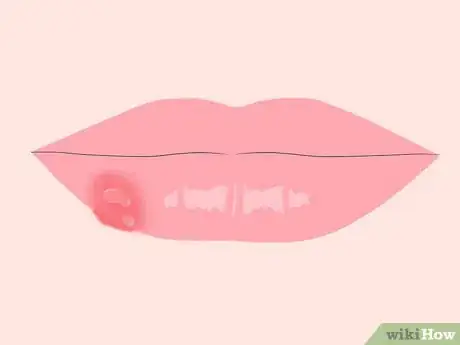

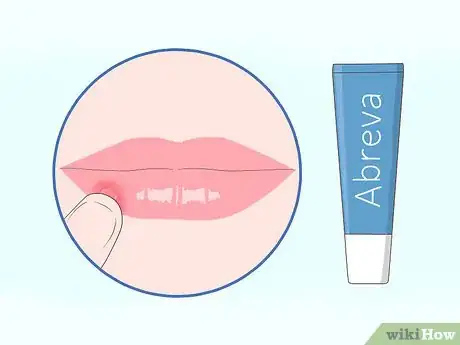


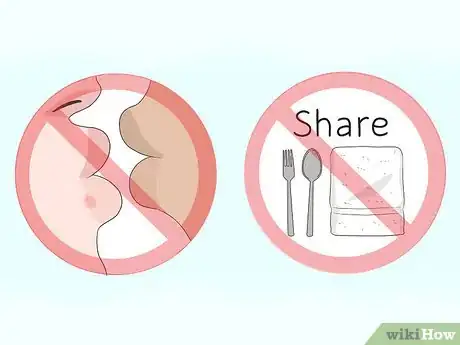
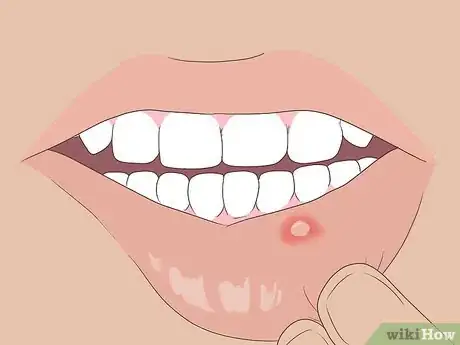
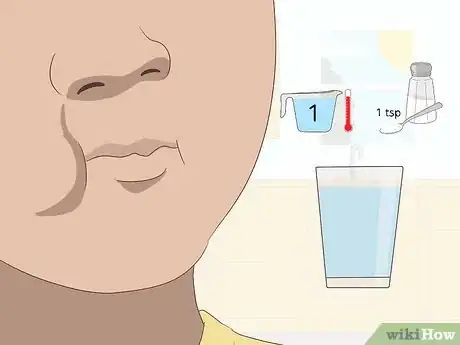


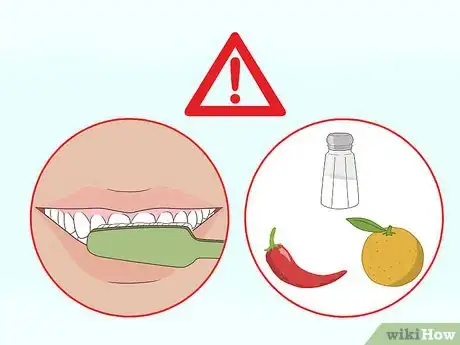
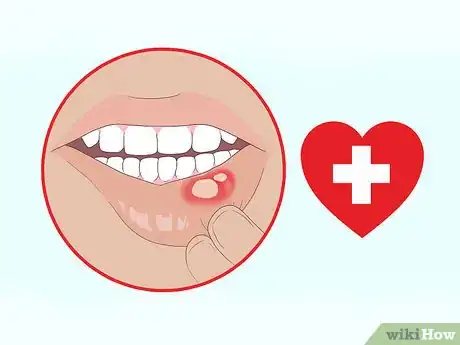


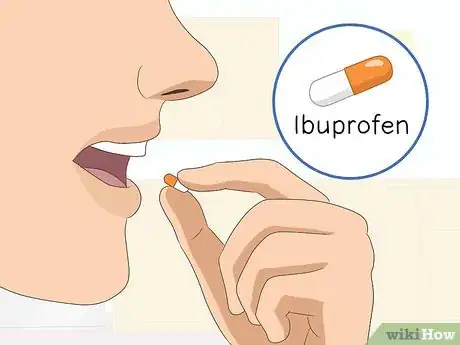

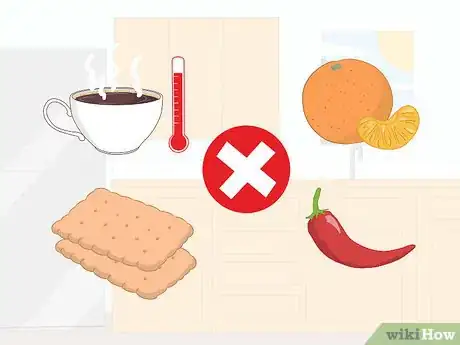



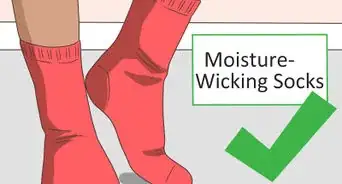


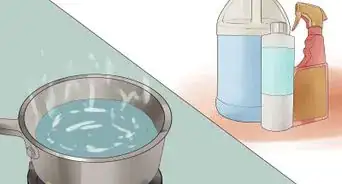
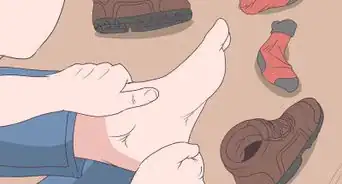
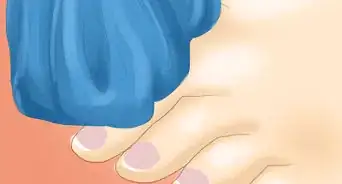





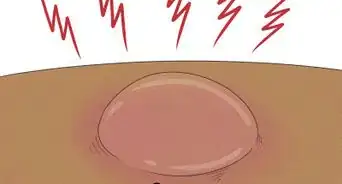











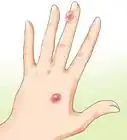



































Medical Disclaimer
The content of this article is not intended to be a substitute for professional medical advice, examination, diagnosis, or treatment. You should always contact your doctor or other qualified healthcare professional before starting, changing, or stopping any kind of health treatment.
Read More...